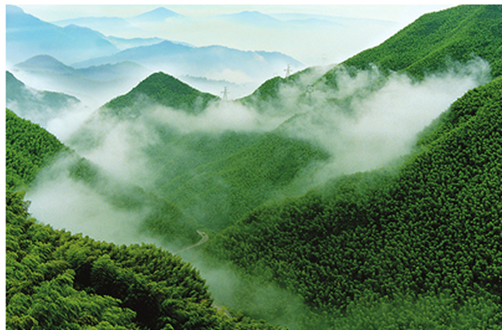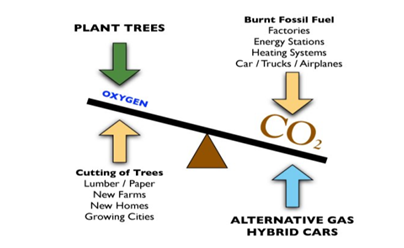How Does Bamboo Adapt to Climate Change?
People usually know bamboo is eco-friendly, but many of them don’t know bamboo is good for climate change as well. Bamboo contributes a lot to slow down the climate change, especially in developing countries.
How can bamboo help mitigate and adapt to the impacts of climate change?

Bamboo is fast-growing and renewable planting, which can sequester carbon in its biomass, even superior to, a number of tree species. The bamboo products are usually durable, which can also be potentially carbon-negative, because they act as locked-in carbon sinks in themselves and encourage the expansion and improved management of bamboo forests. Bamboo can also slow down the consumption of wood forest, given lower carbon footprint and lower eco-costs.
Substantial amounts of carbon are stored in the bamboo forests of China, the world’s largest, and the total will increase as planned reforestation program expand. Bamboo helps avoid fossil fuel use, and reduce deforestation, by offering an alternative, highly renewable source of biomass energy.

Bamboo can provide a sustainable source of bioenergy for the many people who rely on solid biomass for cooking, such as charcoal or briquettes. It can also be converted into gas or pellets, to provide a source of electricity and heating.
Because bamboo regrows quickly and matures faster than most types of tree, bamboo can take pressure off other forest resources, reducing deforestation. Bamboo charcoal and gas boast a similar calorific value to commonly used forms of bioenergy.
In places such as the Europe, bamboo can be converted into pellets for electricity generation and heating, as a sustainable form of biomass and contribution to renewable energy targets. Because bamboo can be grown on marginal land, it does not need to compete with agriculturally productive areas.
Bamboo’s rapid establishment and growth allow for frequent harvesting. This allows farmers to flexibly adapt their management and harvesting practices to new growing conditions as they emerge under climate change. Bamboo provides a year-round source of income, and can be converted into an increasingly wide variety of value-added products for sale.

Bamboo is integral to many natural and agricultural ecosystems in and near the tropics. It is useful for restoring degraded lands for several reasons: it thrives on problem soils and steep slopes that are unsuitable for other crops, it is an effective windbreak, and its sturdy rhizomes and roots regulate water flows and prevent erosion. A recently documented case in Allahabad, India, tells of the rebuilding of rural livelihoods where 80,000 hectares of degraded land were brought back into productivity using bamboo as a pioneer species.
Bamboo is a versatile and rapidly renewable resource with a wide range of livelihood applications. Its economic role is likely to expand at an accelerating pace – both locally and in international trade – as other forest resources become increasingly strained under climate change, as the imperative to mitigate climate change enforces less dependence on fossil fuels and endangered forest resources, and as research discovers new applications.
Bamboo alone will not solve the world’s climate change problems. But, if this strategic resource is properly harnessed, it offers practical solutions to climate change mitigation and adaptation – and a proven tool to fight rural poverty and restore the natural resource base that is the foundation for economic sustainability.
